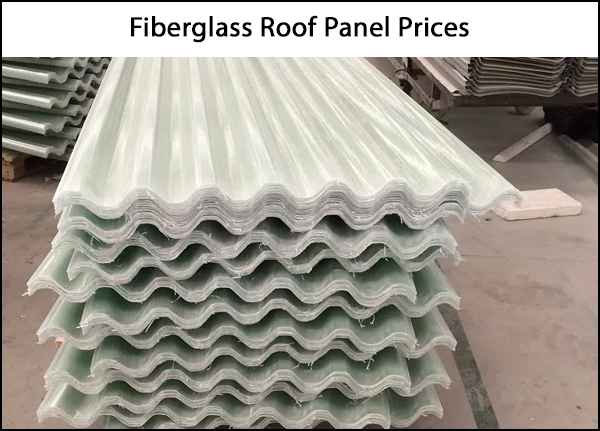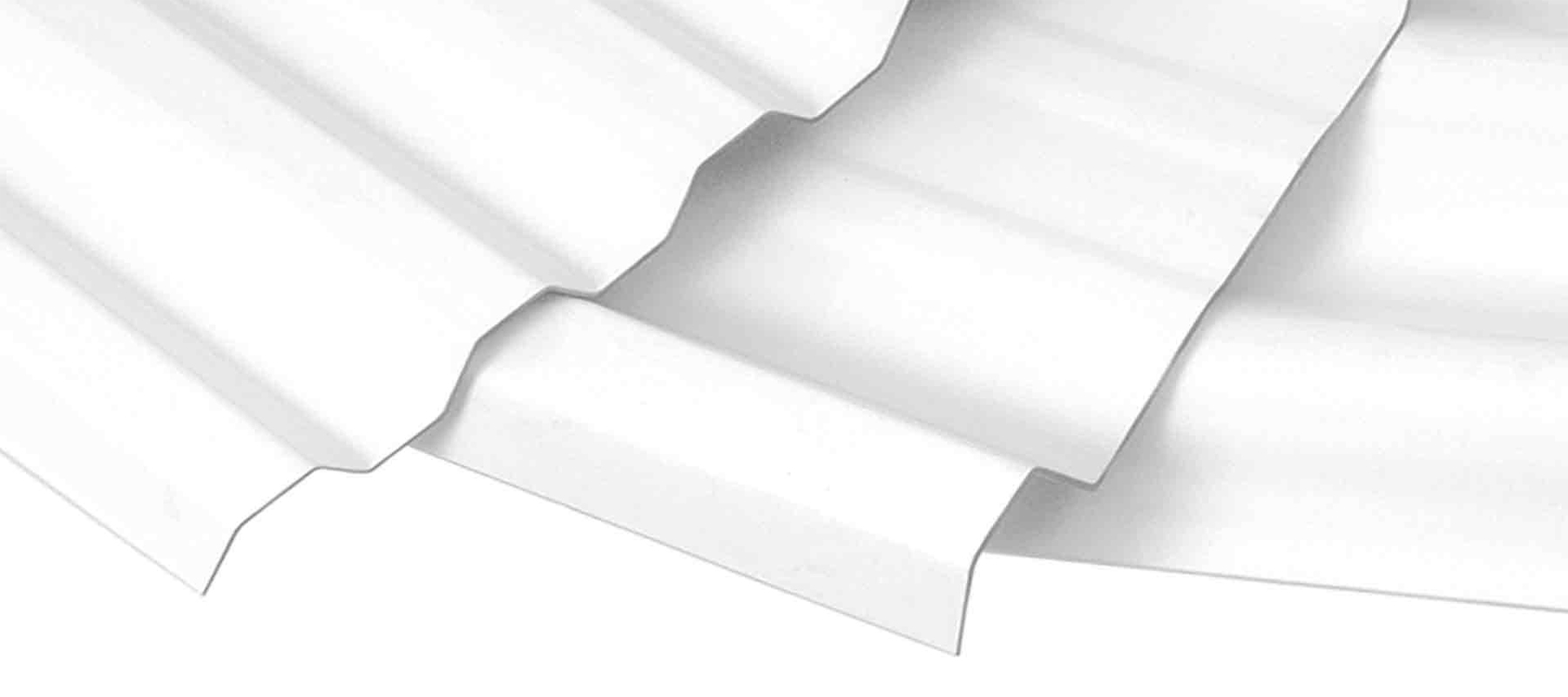Fiberglass Roofing Prices Broken Down
Last Updated: December 05, 2023

Fact Checked By: Ryan Maguire
On This Page
While most homeowners are familiar with fiberglass insulation, the pink material that bulges through the rafters in their attic, fiberglass can also be used as a roofing material.
Fiberglass Roof Average Costs #
Installing a fiberglass roof typically costs $5 - $12 per square foot or $500 - $1,200 per square (100 sq ft).
The fiberglass roofing material itself runs $3 - $6 per square foot on average. But professional installation labor must be factored into total project costs.
For a typical 2,000 sq ft roof, installed costs for fiberglass roofing range from $10,000 - $20,000+.
Fiberglass Roofing Installation Real Life Cost Examples #
"I had a new fiberglass shingle roof installed on my small 1,500 sq ft commercial shop here in Ohio. The tear-off, fiberglass shingles, and installation cost was $512 per sq ft for the low slope roof, totaling $12,800." - Mark S.
"We used a premium grade fiberglass roof system for our ranch style home in Texas that had complex angles. For the 2,500 sq ft roof, our final installed price was $625 per sq ft including the tear-off of the existing worn shingles. Job was $22,500 total." - Melissa P.
"For our medical office building, I wanted a durable, water tight light colored roof solution that would reflect heat. We chose a white fiberglass roof coating system applied over the existing roof for $4 per sq ft and a total job cost of $30,000." - Robert G.
"Our manufacturing plant requires a reliable roof that sheds snow quickly. We had heavy duty corrugated fiberglass panels installed over the structural steel framing for $7 per sq ft giving us a total new roof cost of $105,000 for the 15,000 sq ft building." - Ashley W.

Fiberglass Roofs: An Overview #
Fiberglass is the brainchild of Owens Corning, which originally called the product "Fiberglas" (with only one "s").
The fiberglass that's used as a building material (and not insulation) is composed of plastic that's mixed in with glass fibers, which is why it's alternately known as "glass-reinforced plastic" (GRP). This type of fiberglass is commonly used to make car and boat bodies, water tanks, pipes, hot tubs, and roofing.
As a roofing material, fiberglass can be molded into many different shapes and designs. The most popular forms are sheets, panels, and shingles (fiberglass shingles usually contain asphalt as well).
Some greenhouses are roofed with translucent fiberglass, although fiberglass is available in many colors and can even be made to resemble more expensive materials such as slate, brick, and tile.
Fiberglass roofing is widely used for both residential and commercial applications.
The Benefits of Fiberglass Roofing #
Fiberglass roof tiles, fiberglass roof panels, and fiberglass roof shingles are all excellent choices for your next roofing project for reasons that include the following:
- Protection: Pound for pound, fiberglass is one of the toughest roofing materials available. It resists heavy rains and other forms of precipitation (including hail), won't rust, rot, or mildew, and is also resistant to fire. A fiberglass roof should last for 25 to 30 years with little or no maintenance, while architectural fiberglass shingles can last up to 40 or 50 years.
- Versatility: Fiberglass roofing, available in numerous sizes, designs, and colors, can be used for many different roofing projects. Durable enough for commercial applications, fiberglass can also be formed in transparent sections that are suitable for patios, greenhouses, pergolas, and other outdoor areas. Darker panels, on the other hand, soak up heat and can help lower heating bills in the cooler months.
- Low-Cost: Fiberglass is, on average, 50% to 60% cheaper than traditional roofing materials such as asphalt shingles, wood, and metal. Much of the savings can be attributed to the fact that fiberglass is lightweight and malleable, making it extremely easily to install.
Resources:
